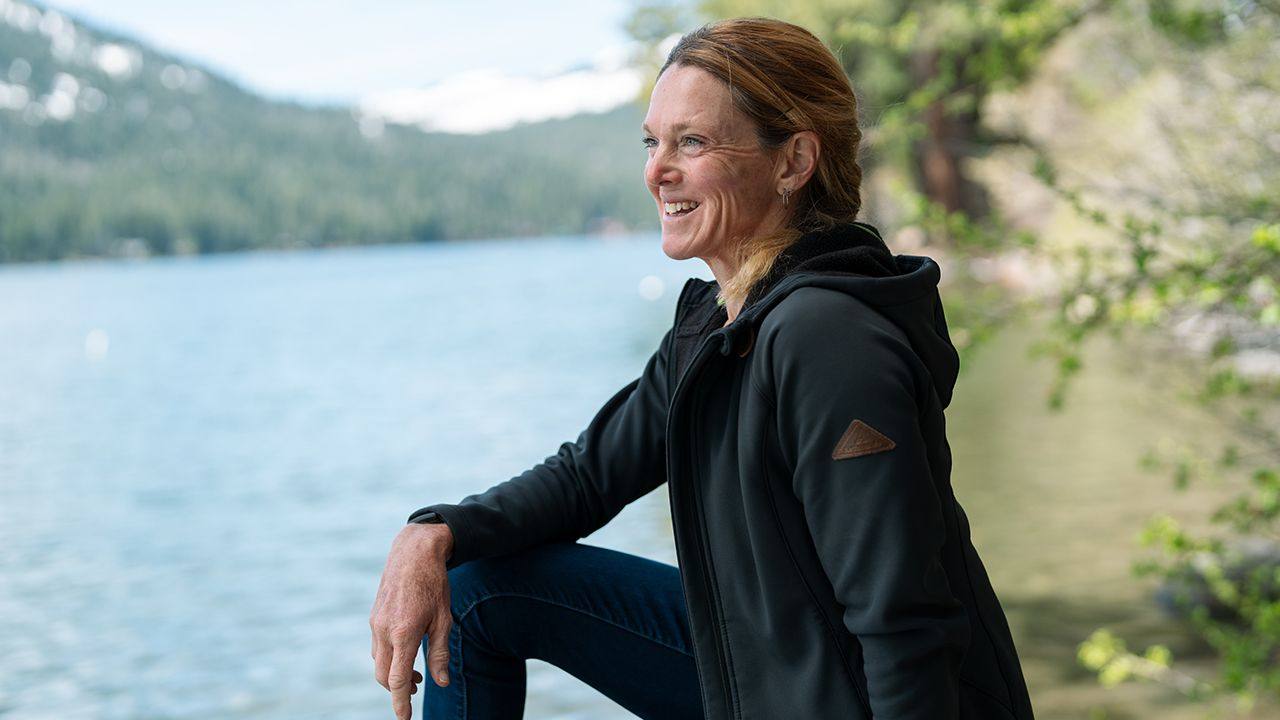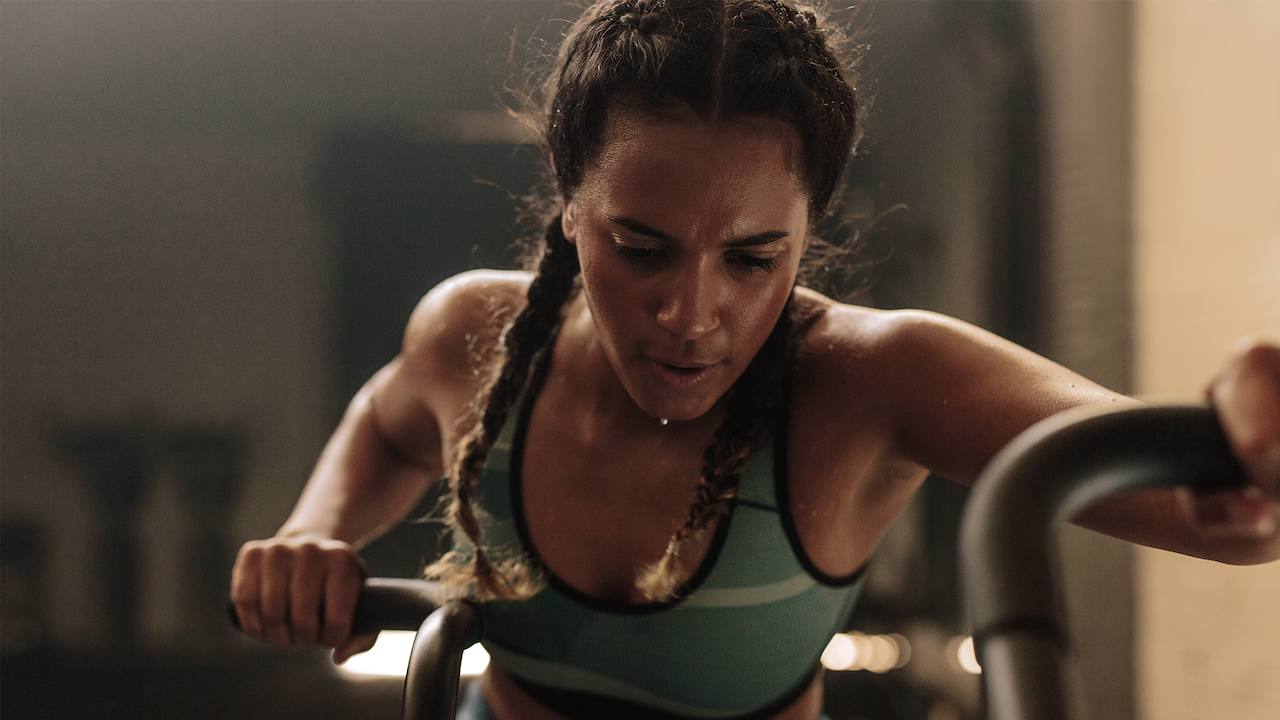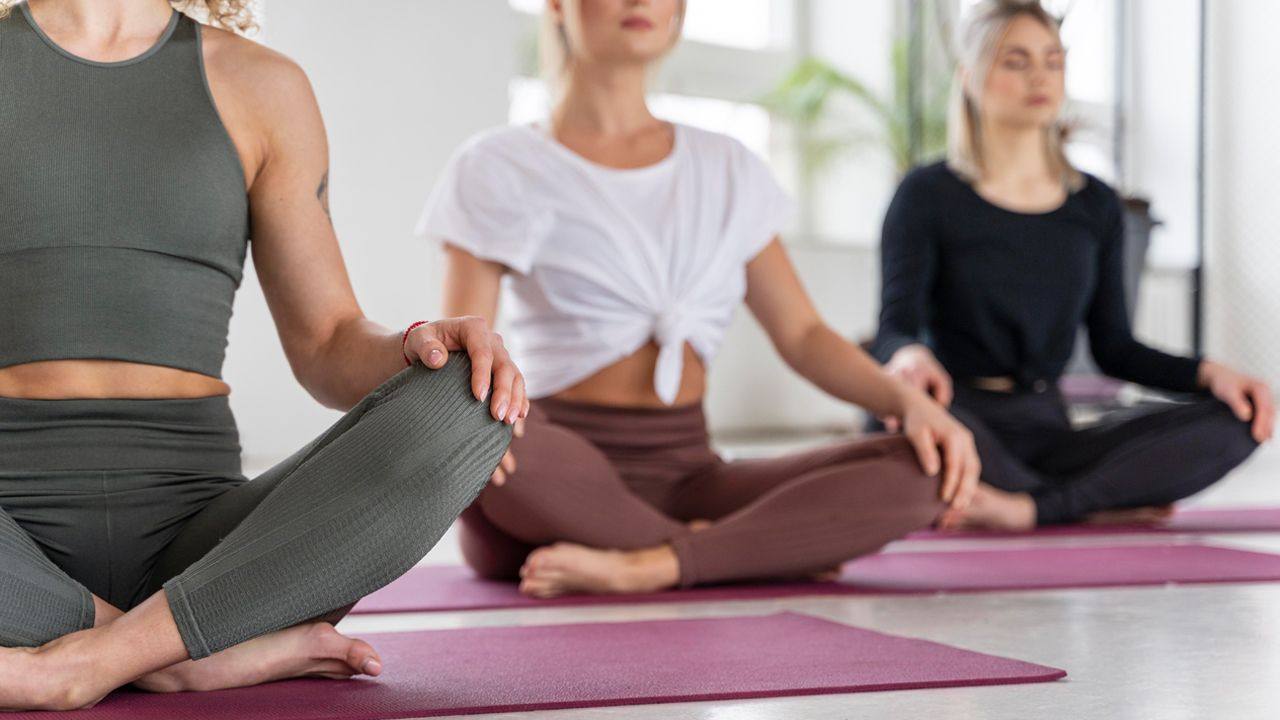Longevity Advice Women Actually Need
If you’re tuned into the health and fitness world (which I’m assuming you are if you’re here!) then I’m sure you’ve heard plenty of influencers and experts talking about “longevity” and the importance of living better for longer. Yet as with so many things, I’m acutely aware that much of the mainstream advice around longevity is very male-centered (don’t even get me started on Zone 2 training 🙄), so I want to talk today about longevity for active women.
Before we go too much further, though, let’s define longevity, lifespan, and healthspan. When we talk about longevity, it’s easy to think only in terms of lifespan—how many years we live. But there’s another arguably more important concept to focus on: healthspan.
Healthspan is about how well you live throughout those years. It’s your ability to stay active, sharp, mobile, and independent—without being sidelined by chronic illness, injury, or fatigue. And for women, especially through midlife and beyond, this matters more than ever.
The good news? You have a lot more control over your healthspan than you might think. With the right training, nutrition, and recovery tailored to your physiology, you can increase your energy, strength, and resilience well into your later years. Let’s explore what you can start doing today to improve your healthspan—no matter your age—to live longer and better.
Women Are Not Small Men, Especially As We Age
As you might’ve heard me mention many times before, women and men age in drastically different ways. There are some key biological differences that may help explain why women tend to live longer and experience certain health advantages:
Genetics:
Women have two X chromosomes (XX), while men have one X and one Y (XY). The X chromosome contains genes that influence the immune system, potentially providing women with a slight advantage. (I think it’s also important to note here that research has only been done on the binary, male/female, and there is a need for more inclusive health and performance research.)
Telomeres:
Telomeres are protective caps on the ends of chromosomes that naturally shorten with age (telomere shortening is more accelerated in men than in women). Women tend to have longer telomeres than men, which may help slow cellular aging and contribute to longer lifespans.
Mitochondrial DNA:
Women’s mitochondrial DNA—the DNA found in the energy-producing parts of cells—may be more efficient, supporting better cellular function over time.
Gene Expression:
Men and women’s genes behave differently, influencing how the body repairs cells, fights off disease, and responds to inflammation. These differences can affect overall health and how the body ages.
Hormones:
Estrogen, the primary female sex hormone, appears to have a protective effect on the heart and blood vessels. This may help reduce the risk of heart disease in women, particularly before menopause.
Together, these biological factors may give women a small but meaningful edge when it comes to health and longevity. For those who enjoy diving into the research, this study examined the differences between men and women in mortality and the health dimensions of the morbidity process, uncovering interesting findings such as men are more likely to have heart-related diseases, while women are more likely to have diseases linked to inflammation (like autoimmune conditions).
Age Better, Live Longer
When it comes to longevity and healthspan, I think there can be a tendency for people to chase the “marginal gains,” sometimes completely overlooking what I call the baseline fundamentals: sleep, exercise, nutrition, mindfulness and community.
While there are plenty of bro science guys out there pushing the benefits of all kinds of weird and wonderful stuff, if you aren’t getting adequate sleep, working out (and that’s resistance training plus lower- and higher-intensity exercise), and looking after mind and body with the right food, hydration, and social connection, there is little to be gained from cold plunging, rapamycin, methylene blue, or whatever the next biohacking bro is endorsing.
Here are some of the key things I believe can yield the greatest gains for active women looking to improve their longevity and healthspan:
Resistance Training Is Crucial: Women over 40, and especially in perimenopause, need to prioritize resistance training to maintain muscle mass, bone density, metabolic rate, and cognitive function. Even starting later in life yields significant benefits. It’s never too late to lift heavy—and if you really want some inspiration check out this story about a gym near Detroit where the oldest member is 98 and an 84-year-old female gym-goer has a deadlift PR of 204 pounds!
Incorporate Jump and Sprint Work: Jump training three times a week (even just 10 minutes) improves bone strength and reduces fracture risk. Sprint interval training (SIT) can boost metabolic resilience.
Limit Zone 2, Prioritize Intensity: Traditional low-intensity long-duration cardio (Zone 2) is less effective for women’s metabolic adaptation. Instead, combining HIIT, resistance, and SIT delivers stronger outcomes. I’m certainly not advocating for anyone to give up lower-intensity cardio (especially all you endurance folks who love your long rides and runs; I do too!), but I do want to highlight the importance of also mixing in higher-intensity workouts and strength training. You can learn more about this in this short YouTube clip, Why Women Need a Different Strength Training Strategy.
Eat for Recovery, Not Restriction: Fasted training, calorie restriction, and low-protein diets can impair metabolism and hormonal balance. Women, especially peri‑ and menopausal, need adequate protein and carbohydrates, particularly post‑workout. Fueling after exercise is especially important to help support recovery, replenish glycogen, and optimize brain and endocrine health.
Nutrition Through the Phases: A balanced diet, rich in protein, carbs, healthy fats, omega‑3s, vitamin D, probiotics, magnesium, and creatine, can all help support longevity, maintenance of lean mass, bone health, and gut function during hormonal transitions. While I will always advocate for a whole foods diet first, there is a place for supplements provided you’ve got the key basics right.
Iron and Energy Needs: Iron deficiency can be common (15–35% of active women), especially due to menstruation and inadequate intake. Monitor levels and supplement if/when needed to avoid fatigue and metabolic slowdown.
Prioritize Sleep & Circadian Health: Gender differences in sleep physiology—affected by hormones and temperature regulation—make high-quality sleep especially vital. I talked about this in more detail—and how sleep can be impacted by summertime heat—in my last newsletter.
Sauna, Cold, and Stress Adaptation: Sauna and cold exposure, when used strategically, may ease hot flashes, aid recovery, and modulate stress responses—but should be tailored to individual tolerance and stage of life. The research also shows that women don’t need the water to be ice cold when it comes to cold immersion. Temperatures between 10–15°C (50–59°F) is cold enough to stimulate physiological benefits (like reduced inflammation or faster recovery) without overstressing the system. Going colder than this (e.g., below 10°C / 50°F) can be too intense for many women, especially if done post-training or during high-stress periods.
Mindfulness & Community: Both mindfulness/meditation and community and social connection are associated with better cognitive and physical health outcomes in older people; they are pillars in the longevity conversation. There’s an increasing amount of research showing how they can be helpful in reducing stress and anxiety, which is one of the main causes of various diseases. Stress can cause a lower level of consciousness, quality of life, and a higher rate of cellular aging. The results of this study suggest that long-term meditators experience enhanced psychosocial wellbeing, such as a better outlook on life experiences and coping skills, a better physical quality of life, as well as underlying biochemical changes that contribute to healthy aging. And this research suggests mindfulness and compassion-based meditation may help protect brain health as we age by reducing stress, depression, and loneliness—key risk factors for Alzheimer’s.
The actions we take today to align our exercise, nutrition, recovery, and lifestyle habits with female physiology can substantially elevate our quality of life through midlife and beyond. I want to do all I can to help active women enjoy their final decade as much as their second, third, and fourth one—and still be kicking ass!
IN OTHER NEWS...
Recipe: Overnight Protein Oats
New on my website, check out this overnight oats recipe that’s packed with protein, fiber, and flavor. Quick and easy—perfect for busy mornings on-the-go.

Nutrition Guide for Women 40+
What should women aged 40+ be eating? Find out in this five-minute video on my YouTube channel where we talk about building balanced meals with the right amount of protein, carbs, and fiber to support energy, hormone balance, and longevity.
|
Does Collagen Count Towards Daily Protein Intake?
It’s a question I get asked a lot, so in this Instagram reel me and Loretta give you the clear answer (spoiler alert: no, it does not!). It also felt like a good time to note that I’m here to present science-backed evidence, not my opinion—always!
Power Happens Sale, August 13-17
Power Happens, the online strength program I created with Hailey Babcock, will be on sale for a limited time next week from Wednesday, August 13, until Sunday, August 17. Designed for women 35+, this program helps build strength, power, and mobility with targeted lifting, HIIT, SIT, and core work. You can learn more here.

Until next time!
Forwarded this newsletter? You can join my community here









